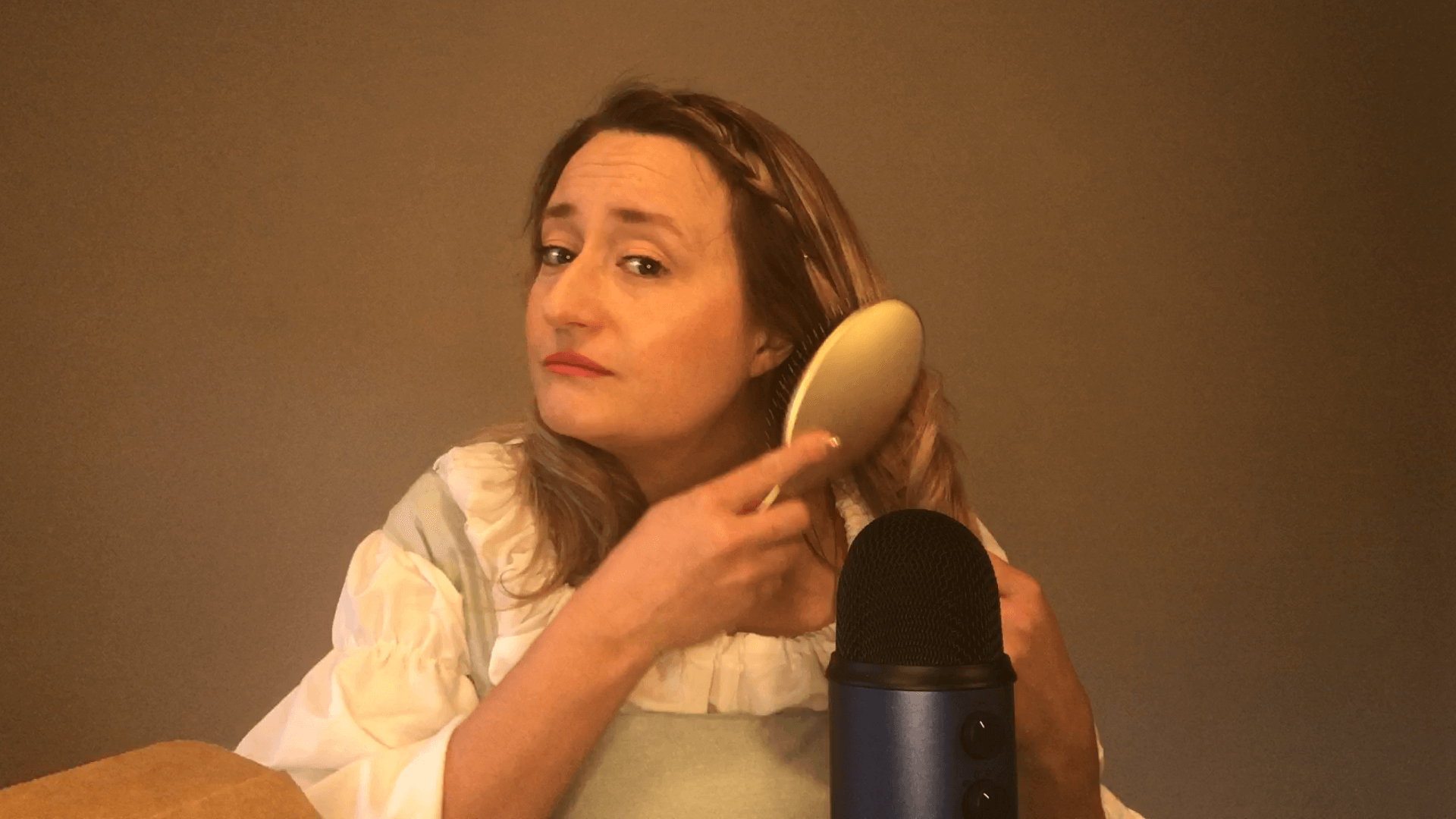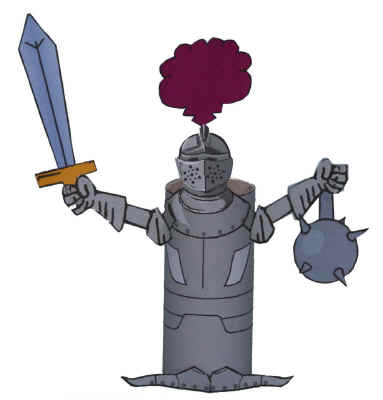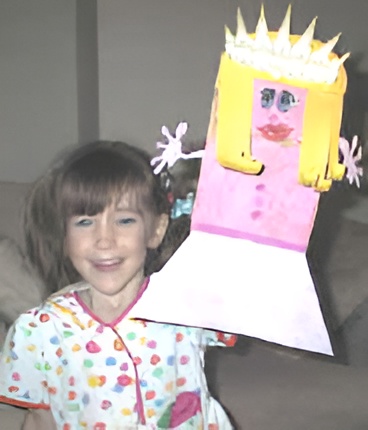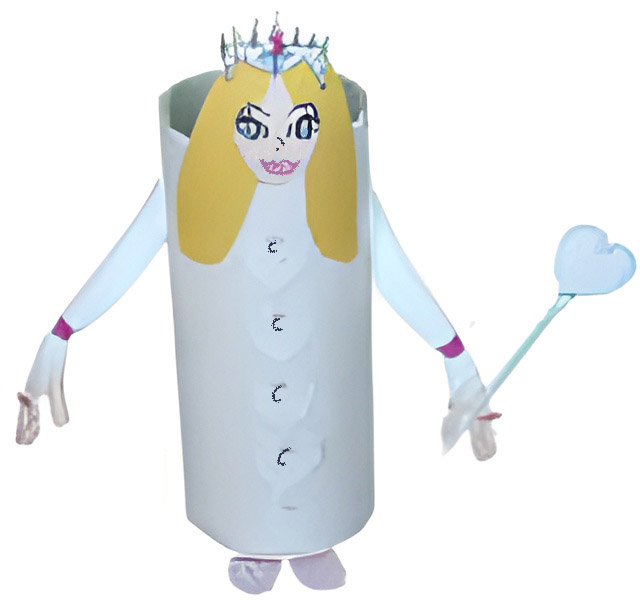DLTK's Fairy Tales Activities
Rapunzel
Immerse yourself in the magical world of "Rapunzel" with our engaging collection of activities and resources. Enjoy the story through listening, reading, or printing, and explore a variety of coloring pages that bring the tale to life. Enhance the experience with crafts like felt board characters, Rapunzel-themed crafts, and castle crafts. Complement the story with worksheets including anagram puzzles, crossword puzzles, and creative writing prompts.
Rapunzel Story and Coloring Pages:

Listen, Print, or Read the Story of Rapunzel
or, Read or Print the story all on one page
Rapunzel Crafts:
Rapunzel Creative Writing:
Rapunzel Printable Resources:
Rapunzel Puzzle Worksheets:
The History of "Rapunzel"
"Rapunzel" is a classic fairy tale best known from the collection of the Brothers Grimm, who published it in their collection Grimm's Fairy Tales in 1812. The story has captivated audiences for centuries with its themes of enchantment, love, and the triumph of good over evil.
Origins and Early Versions
- Early Italian Roots: The story of "Rapunzel" is believed to have originated from an Italian tale titled "Petrosinella" written by Giambattista Basile in 1634. In Basile's version, the heroine is named after parsley (petrosinella in Italian), and the story includes many elements that appear in later versions, such as the maiden's captivity in a tower and her eventual escape.
- French Influence: In 1698, Charlotte-Rose de Caumont de La Force published a French version titled "Persinette." This adaptation introduced several elements that were later incorporated by the Brothers Grimm, including the magical hair and the character of a sorceress.
- The Brothers Grimm: The Grimm brothers' version of "Rapunzel" is the most famous and widely known. It tells the story of a young girl with long, magical hair who is locked in a tower by a wicked witch. The tale follows her interactions with a prince who discovers her and helps her escape, leading to a series of dramatic events.
Plot Summary
The Grimm version of "Rapunzel" begins with a couple who steal rampion (a plant also known as rapunzel) from a witch's garden. As punishment, the witch demands their child, whom she names Rapunzel. Rapunzel is raised in isolation in a tower with no doors, only accessible by climbing her long hair. A prince hears her singing and visits her, ultimately leading to Rapunzel's escape and their reunion.
Themes and Interpretations
- Imprisonment and Freedom: The tale explores themes of captivity and liberation, as Rapunzel's journey symbolizes the struggle for autonomy and self-discovery.
- Coming of Age: "Rapunzel" is often seen as a coming-of-age story, where the protagonist matures through adversity and ultimately finds love and happiness.
- Female Agency: The story highlights Rapunzel's resilience and resourcefulness in overcoming obstacles, emphasizing themes of empowerment and courage.
Modern Adaptations
"Rapunzel" has been adapted into various forms of media, including literature, film, and theater:
- Disney's "Tangled" (2010): One of the most popular modern adaptations, "Tangled" is a Disney animated film that reimagines the story with humor, adventure, and new characters. It adds depth to Rapunzel's character and her relationships, especially with the charming thief Flynn Rider.
- Literature and Theater: The story has inspired numerous books and plays, each offering different interpretations and exploring the tale's rich themes.
Cultural Impact:
"Rapunzel" continues to be a staple in fairy tale collections and is often used in educational settings to discuss themes of independence, courage, and the power of love.
























